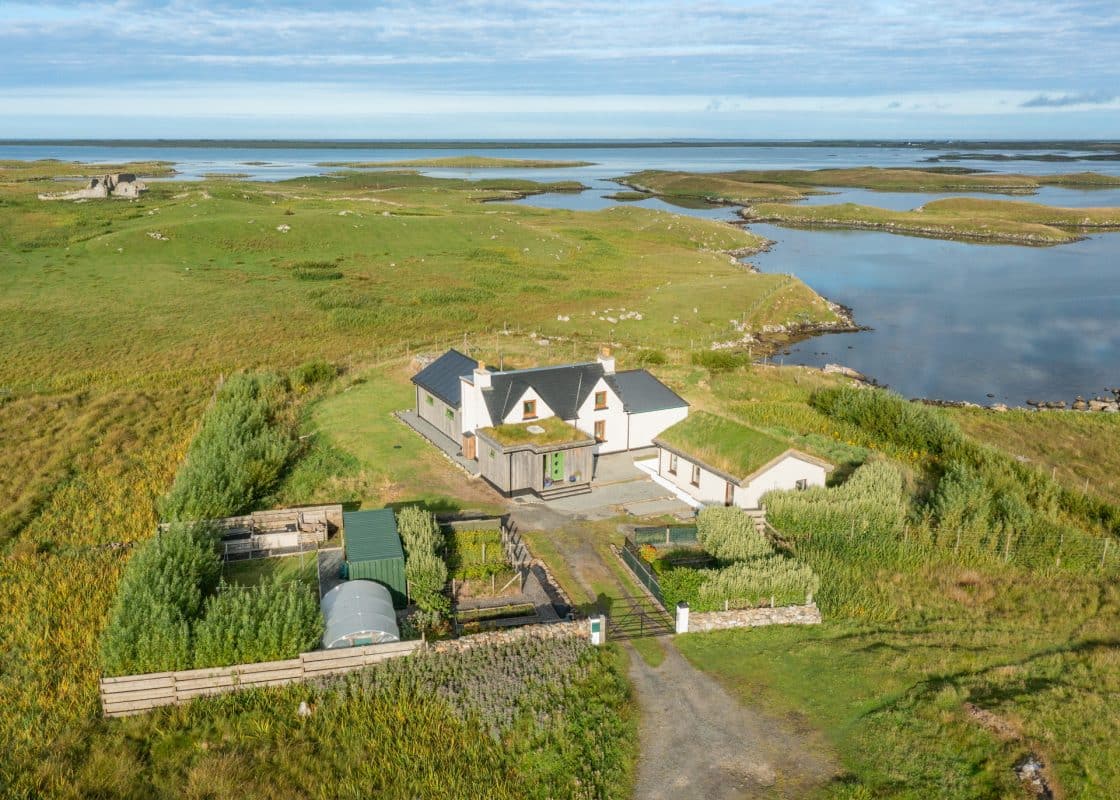Forestry: Multiple benefits even in a quieter market
It seems 2023 has been a quieter year for forestry sales, with fewer properties being brought to the open market and agreed sales not seeing such high premiums paid as in the previous few years. One reason for this will be the fall in timber prices, which is obviously linked to the price paid for the growing crop – if returns from timber sales fall, plus there are increased harvesting costs resulting from higher fuel and other related costs, then the price investors are willing and able to pay has to reduce.
Sellers looking to secure high premiums need to be advised to consider the need to sell now or to readjust expectations, even if this is just in the short term. However, global demand for timber in the next 30 years is likely to continue to increase, partly based on the high sustainability of it within the construction industry, and it is well known that timber prices can be somewhat cynical – playing the long game should pay dividends.
As a long-term investment, forestry remains a good bet, underlined by advantages in both capital gains and inheritance tax liabilities for commercially managed woodlands. Natural capital, carbon and peatland opportunities can also be secured from forestry, although the advice remains to exercise caution before jumping into deals which may hinder future flexibility, impact on the investment value or affect tax benefits.
Elsewhere in the market small amenity woodlands continue to see constant demand. As an affordable, often personal, investment, small local woodlands offer benefits and interests, again with opportunities to enhance a property’s biodiversity, improve public access or offer other community benefits. Enthusiastic owners working with forestry and other nature-based advisors can make big differences to a woodland’s interests in a relatively short time, and if kept for many years, monitoring can really prove these changes.
Finally, the need for firms to enhance their Corporate Social Responsibility (CSR) by getting employees to put something back into the community and the environment, means charities like The Woodland Trust or Wildlife Trusts can benefit from free input from volunteers. Planting new trees, clearing out invasive Rhododendrons or putting in a new footpath route also help cement the public’s engagement with woods in their locality. Bell Ingram foresters and land agents can advise clients on suitable works for volunteers. Our staff are indeed encouraged to put on their own boots for nature-based volunteering activities as part of our efforts for both internal team building and enhancing the environment – watch this space for evidence!
Our people

Sarah Tyson
Partner, FRICS FAAV
Rural Land Management, Valuations
Tel: 01738 621 121
About: Sarah is an experienced rural property surveyor dealing with all types of valuations, renewable energy, estate management and property consultancy across Scotland . She is an Appointed Agent and Valuer for the Agricultural Mortgage Corporation providing competitive finance for farmers and landowners. Interests: AMC Services, Renewable Energy, Rural Land Management, Valuations, FRICS FAAV Registered Valuer.

























